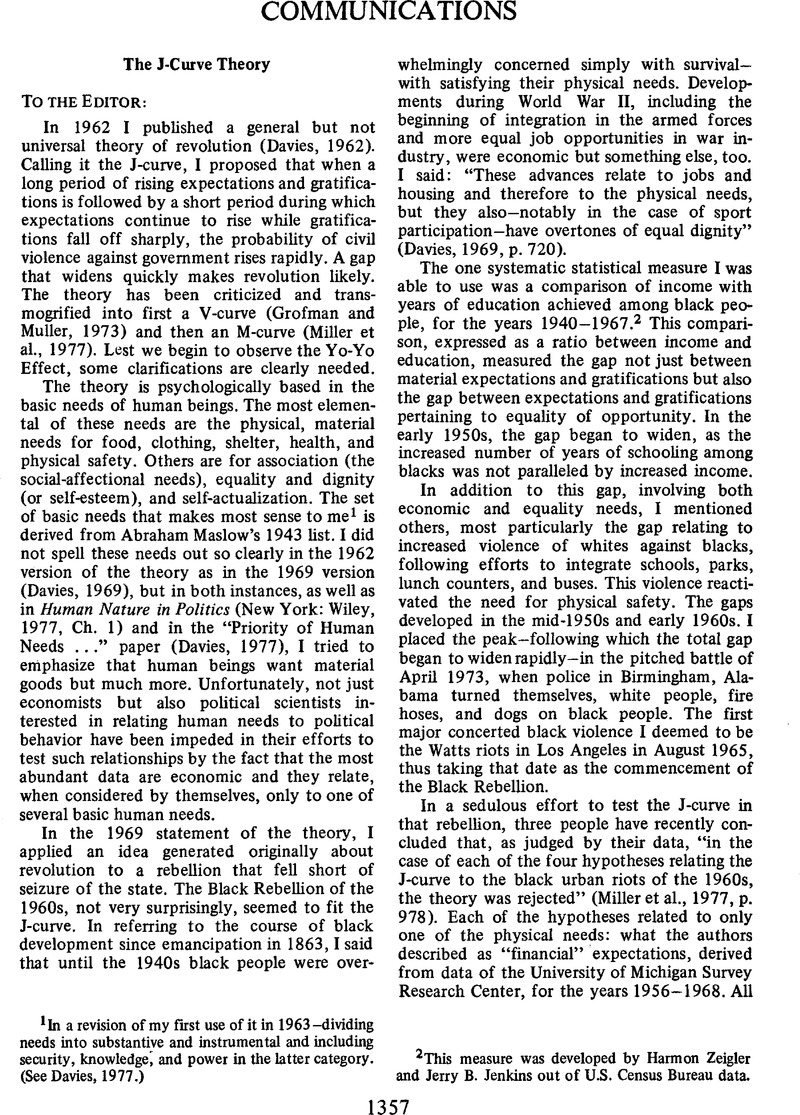Crossref Citations
This article has been cited by the following publications. This list is generated based on data provided by Crossref.
Davies, James Chowning
1979.
Comment by Davies.
American Political Science Review,
Vol. 73,
Issue. 3,
p.
825.
Crosby, Faye
1979.
Rejoinder.
American Political Science Review,
Vol. 73,
Issue. 3,
p.
822.
Reilly, David
2000.
Shatterbelts and conflict behaviour: The effect of globalisation on ‘high risk’ states.
Geopolitics,
Vol. 5,
Issue. 3,
p.
48.
Mongale, Collin Olebogeng
2022.
Social Discontent or Criminality? Navigating the Nexus Between Urban Riots and Criminal Activities in Gauteng and KwaZulu-Natal Provinces, South Africa (2021).
Frontiers in Sustainable Cities,
Vol. 4,
Issue. ,
YENİÇIRAK, Hasan
2023.
BİR ANOMİ FORMU OLARAK DEVRİM: DURKHEİM VE SCHOPENHAUER EKSENİNDE BİR DEĞERLENDİRME.
Uludağ Üniversitesi Fen-Edebiyat Fakültesi Sosyal Bilimler Dergisi,
Vol. 24,
Issue. 44,
p.
57.
Correa, Sofía
Nandong, Gaétan
and
Shadmehr, Mehdi
2025.
Grievance shocks and coordination in protest.
American Journal of Political Science,
Vol. 69,
Issue. 1,
p.
341.




Comments
No Comments have been published for this article.